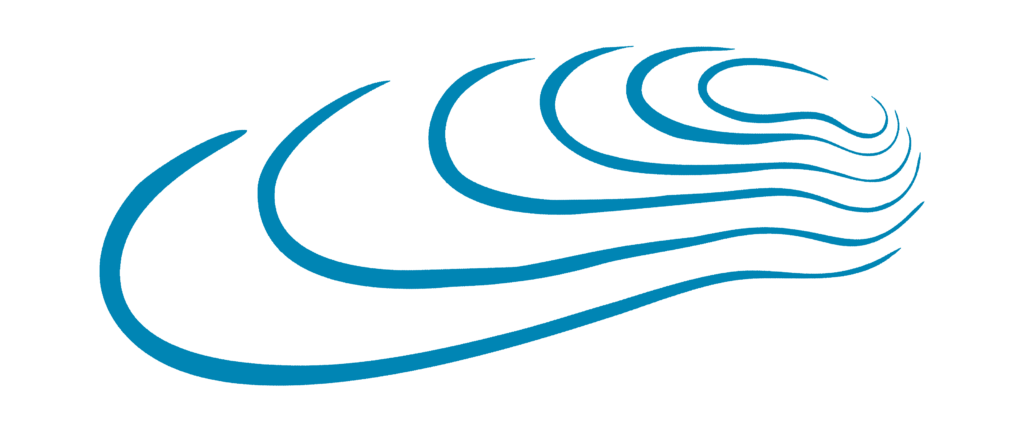Author: Heather Deck
Thank You
June 25, 2024
Thank You
Thank You!
Thanks for reaching out to us. We will be in touch with you.
Sound Rivers Podcast
April 17, 2024
Sound Rivers Podcast
Riverkeeping Tales from the Neuse & Tar-Pamlico
Sound Rivers has joined the podcasting craze, launching its NEW podcast, “Sound Rivers: Riverkeeping Tales from the Neuse & Tar-Pamlico.” Join podcast host Vail Rumley (also Sound Rivers’ communications director) on a journey through stories from the field, from the lab and even from the courtroom — all the work Sound Rivers’ Riverkeepers and staff do to keep your rivers fishable, swimmable and drinkable for all.
Each month we’ll have a new episode, tackling a wide array of issues, from pollution investigations to green stormwater infrastructure, climate change to bad legislation. If it impacts your rivers, we’ll be talking about it!
“Sound Rivers: Riverkeeping Tales from the Neuse & Tar-Pamlico” is now available on Apple Podcasts, Spotify and Amazon Music (just search for the title).
Episode 1: The Story of Blounts Creek
This is the story of Blounts Creek, a pristine, peaceful tributary of the Pamlico River in Beaufort County, North Carolina, and the decade-long battle to prevent a mining company from destroying it.
In 2011, environmental nonprofit Sound Rivers’ staff discovered plans for a limestone mine — plans that included using Blounts Creek to discharge up to 12 million gallons of fresh water into the brackish headwaters of the creek every day.
At risk was an entire ecosystem.
In this episode, you’ll hear about the grassroots movement founded to protect the creek, its habitats, fisheries and wildlife for future generations and the legal battle that would start on the banks of the creek and end in the highest court in North Carolina.
Featuring Blounts Creek resident Bob Daw, one of the founders of Save Blounts Creek, and former Pamlico-Tar Riverkeeper, now Sound Rivers executive director, Heather Deck, the Story of Blounts Creek takes on decisions made by the state to potentially destroy what it’s meant to protect, in direct conflict with the Clean Water Act; the efforts by a giant corporation to deprive North Carolina residents of access to the courts; and how a community continues to rise up against what could be a devastating wrong.
Help support the fight for Blounts Creek by donating to Sound Rivers today!
Episode 2: To Swim, Drink, Fish
This episode is all about Swim Guide: what it is, how it works, where it started and what it takes to keep it running ALL summer long!
Since 2017, Sound Rivers has been a part of Swim Guide, sampling and testing popular recreational sites on the Neuse and Tar-Pamlico and sharing the results with anyone who wants to know where it’s safe to swim. But we didn’t start this program. And we’re not the only ones doing it. Swim Guide is a worldwide phenomena.
Featuring Sound Rivers Program Director Clay Barber and Volunteer Coordinator Emily Fritz, and special guest Gregary Ford from SWIM DRINK FISH, this episode dives deep into Swim Guide and its role in helping us resolve real pollution problems on the Neuse and Tar-Pamlico.
Oyster Roast 2023
September 8, 2023

Sound Rivers 2023 Oyster Roast
Purchase your tickets to the 2023 Oyster Roast below! Please make sure to list the names of ALL of your guests in the comments section at the bottom of the form! Get more information about the Oyster Roast, auction and more here.
(*Sept. 20 update: There are limited VIP tickets left, so we have taken the VIP option off the tickets sales form. Please call the Washington office at 252-946-7211 if you are interested in VIP tickets.)
(*Member price is for current Sound Rivers members and donors only. If you are not currently a member or are unsure of the date of your last gift, please email info@soundrivers.org and we will assist you. If you mistakenly purchase a member-priced ticket, we will be in touch to assist you. Not a member? Join here!)
Job Openings
June 1, 2023
Job Openings
Do you have a passion for the environment and justice issues affecting eastern North Carolina? Do you enjoy a dynamic work environment? Do you love collaboration, team support and opportunities for growth?
Stormwater Education Coordinator
Resilience Corps NC is hiring a Stormwater Education Coordinator for Sound Rivers! This yearlong position is funded by Americorps and the Conservation Trust for North Carolina, and is focused on outreach and education about Sound Rivers’ Campus Stormwater Program (which continues to grow!) The deadline to apply is June 28. Start date is Sept. 4, 2024. Read more about the position and apply here!


